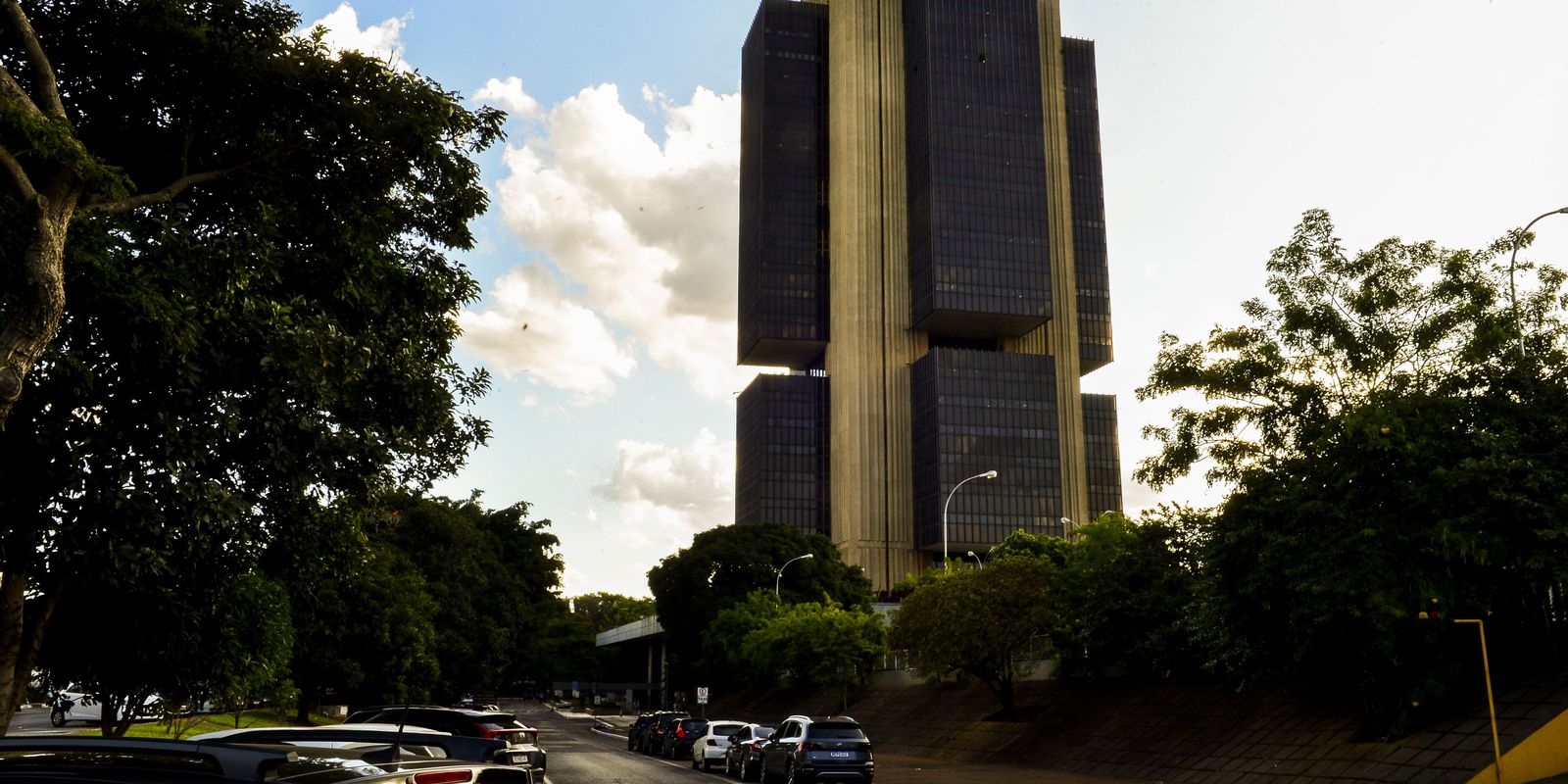The Monetary Policy Committee (Copom) of the Central Bank (BC) indicated concern about the deterioration of longer-term inflation expectations and did not rule out the possibility of further increases in the Selic rate, the economy’s basic interest rate, if the disinflation process does not proceed as expected.
The information was disclosed today (7) in the minutes of the last Copom meeting, which took place last week. On the occasion, the collegiate kept the Selic at 13.75%. The rate is at its highest level since January 2017, when it was also at that level.
“Despite the slowdown at the margin [nos últimos meses], consumer inflation remains high. The components most sensitive to the economic cycle and monetary policy, which show greater inflationary inertia, remain above the range compatible with meeting the inflation target, even if they have shown some moderation at the margin,” says the document.
Copom’s inflation projections are 5.6% for 2023 and 3.4% for 2024. Projections for administered price inflation are 10.6% for 2023 and 5% for 2024. Forward, referring to the third quarter of 2024, the projection of accumulated inflation in 12 months stands at 3.6%. “The committee judges that the uncertainty surrounding its assumptions and projections is currently greater than usual.”
For this reason, the Copom adopted a hypothesis of a “yellow” tariff flag in December 2023 and 2024, in addition to the exchange rate starting at R$5.15 and the oil price following the upward curve for the next six months and increasing by 2% to the year thereafter.
The forecast for 2023 is above the ceiling of the inflation target that must be pursued by the BC. Defined by the National Monetary Council (CMN), the target is 3.25% for this year, with a tolerance interval of 1.5 percentage points up or down. That is, the lower limit is 1.75% and the upper limit is 4.75%.
The BC’s projection for 2024 inflation is above the center of the expected target – 3%, but still within the tolerance range of 1.5 percentage points.
“The Copom opted for maintaining the interest rate, reinforcing the need to evaluate, over time, the accumulated impacts to be observed from the intense and timely cycle of monetary policy already undertaken. Thus, the committee assessed that, given the data released, inflation projections and expectations, balance of risks and lags in the effects of monetary policy already in significantly contractionary territory, it was appropriate to maintain the interest rate at the level of 13.75% per year ”, says the minutes.
In 2022, the Extended National Consumer Price Index (IPCA), which measures official inflation, closed with a rate of 5.79% accumulated in the year. The target was set at 3.5%, with the same tolerance margin, and could vary between 2% and 5%.
tax policy
In the minutes, the Copom showed, once again, concern with the increase in public spending and its effects on inflation. On the other hand, he added that the package announced by the Ministry of Finance to improve accounts, with increased collection, can mitigate risks.
“The conjuncture, particularly uncertain in the fiscal scope and with inflation expectations moving away from the target in longer horizons, demands greater attention in the conduct of monetary policy. The committee assesses that this situation raises the cost of the necessary disinflation to reach the targets established by the National Monetary Council”, says the minutes.
“Some members noted that the execution of the package presented by the Ministry of Finance should mitigate the fiscal risk and that it will be important to monitor the challenges in its implementation”, completed the BC.
For the agency, the basic scenario for inflation involves risk factors in both directions. Among the upside risks, in addition to the high uncertainty about the future of the country’s fiscal framework and fiscal stimuli, is a greater persistence of global inflationary pressures and a narrower output gap (difference between current and potential) than currently used by the committee in its reference scenario, in particular in the labor market.
Among the downside risks, the Copom highlights an additional drop in the prices of commodities (primary products) in local currency, a sharper-than-projected slowdown in global economic activity, and the maintenance of tax cuts projected to be reversed in 2023.
For the Central Bank, at the domestic level, the set of economic indicators continues to corroborate the scenario of deceleration in growth expected by the committee, with a drop in confidence indicators and cooling in industrial production, trade and services indicators.
“The labor market, which surprised positively throughout 2022, continues to show signs of deceleration, with drop in net admissions of New Caged and relative stability in the unemployment rate, resulting from declines in the employed population and in the labor force”, says the minutes.
The Copom also added that the strategy of convergence of inflation to the target, “without prejudice to its fundamental objective of ensuring price stability”, also implies smoothing fluctuations in the level of economic activity and fostering full employment.
Worst of expectations
The BC highlighted three reasons that may have contributed to the worsening of inflation expectations. The first is a possible perception of leniency by the Central Bank itself with the targets stipulated by the National Monetary Council (CMN). In this sense, the BC assessed that “it is necessary to remain even more attentive in conducting monetary policy to re-anchor expectations and thus reduce the future cost of disinflation”.
Furthermore, an expansionary fiscal policy can put pressure on aggregate demand over the projection horizon. “The committee considers that demand stimuli should be evaluated considering the stage of the economic cycle and the degree of idleness in the economy, with monetary policy being the macroeconomic adjustment variable used to mitigate the possible inflationary effects of fiscal policy”, he evaluated.
Finally, the BC evaluated the possibility of changing the already defined inflation targets, which would be being considered by the economic team. However, he assessed that he conducts his policy based on what is stipulated.
“More important than the analysis of the motivations for raising expectations, the committee emphasizes that it will act to ensure that inflation converges to the targets”, he added.
To reach the inflation target, the Central Bank uses the basic interest rate, the Selic, as its main instrument. When the Copom raises the basic interest rate, the purpose is to contain heated demand, and this affects prices because higher interest rates make credit more expensive and stimulate savings. Thus, higher rates can also make it harder for the economy to expand.
In addition to the Selic, banks consider other factors when defining the interest charged from consumers, such as the risk of default, profit and administrative expenses.
When the Copom decreases the Selic, the tendency is for credit to become cheaper, with incentives for production and consumption, reducing control over inflation and stimulating economic activity.
















